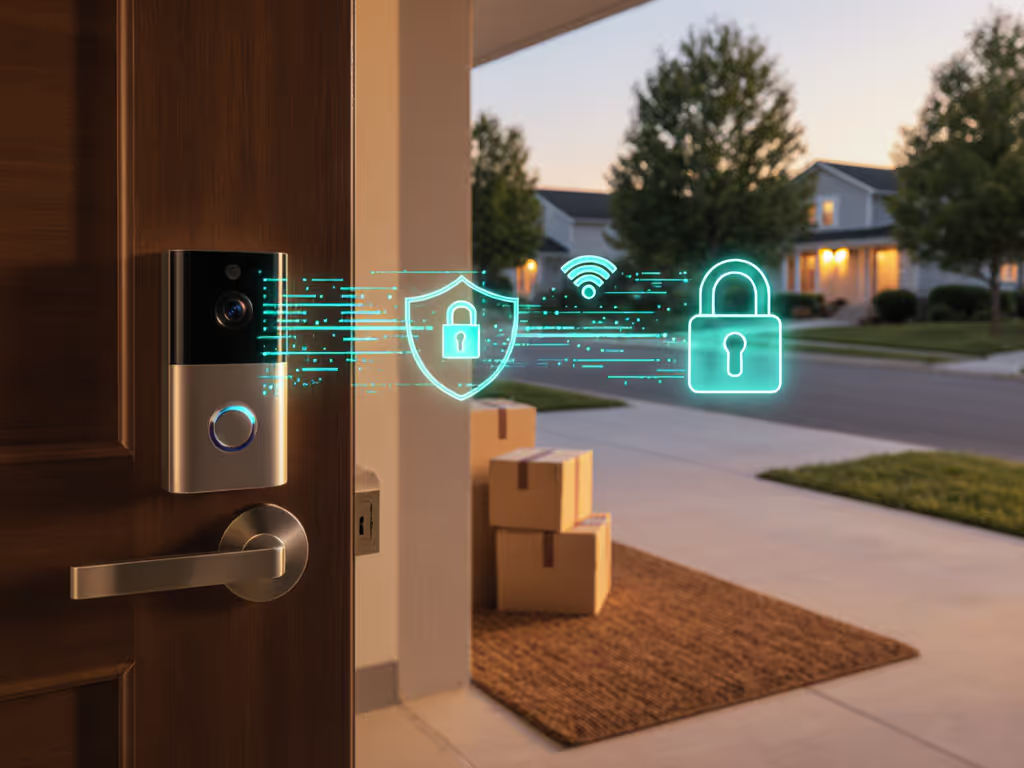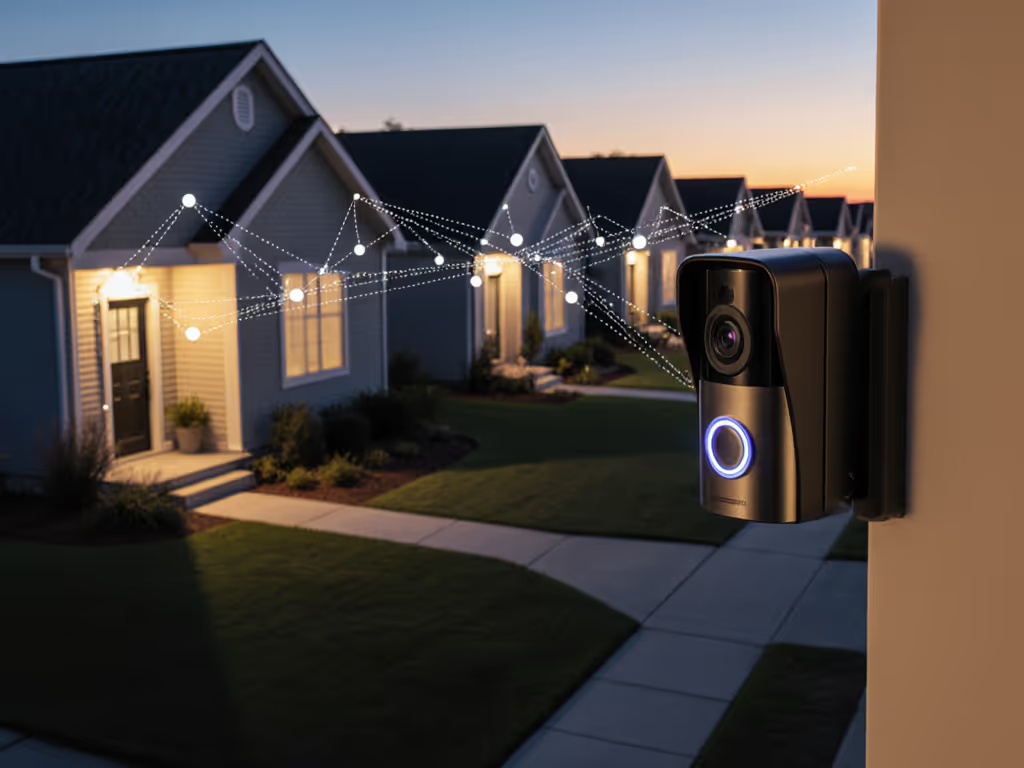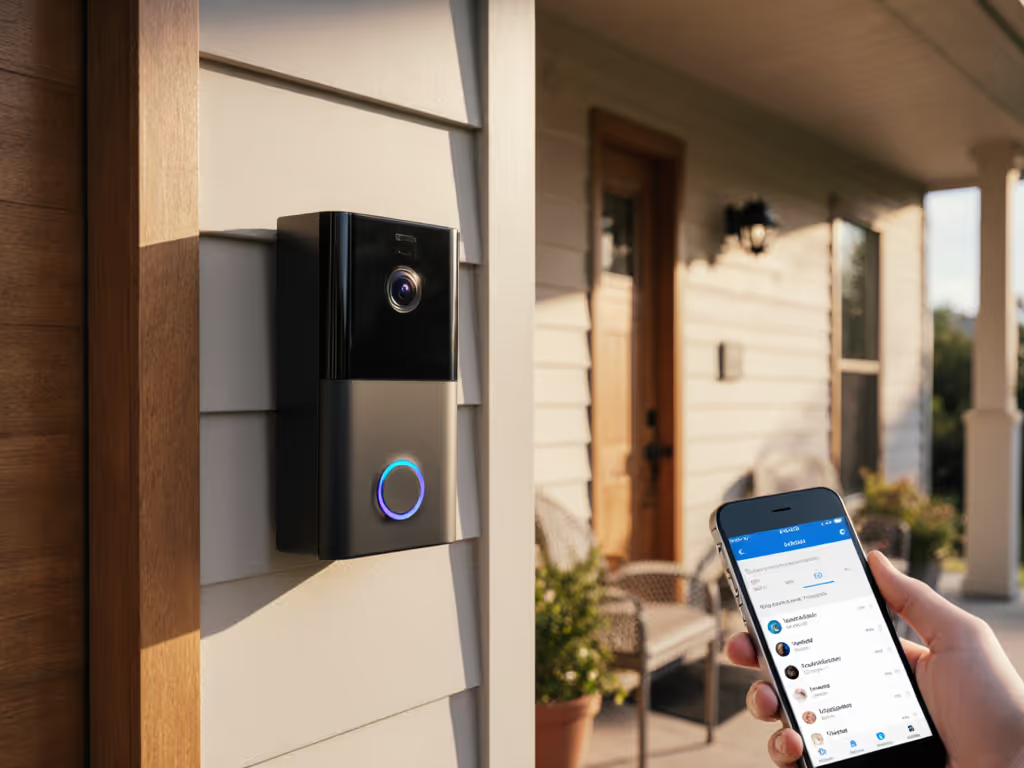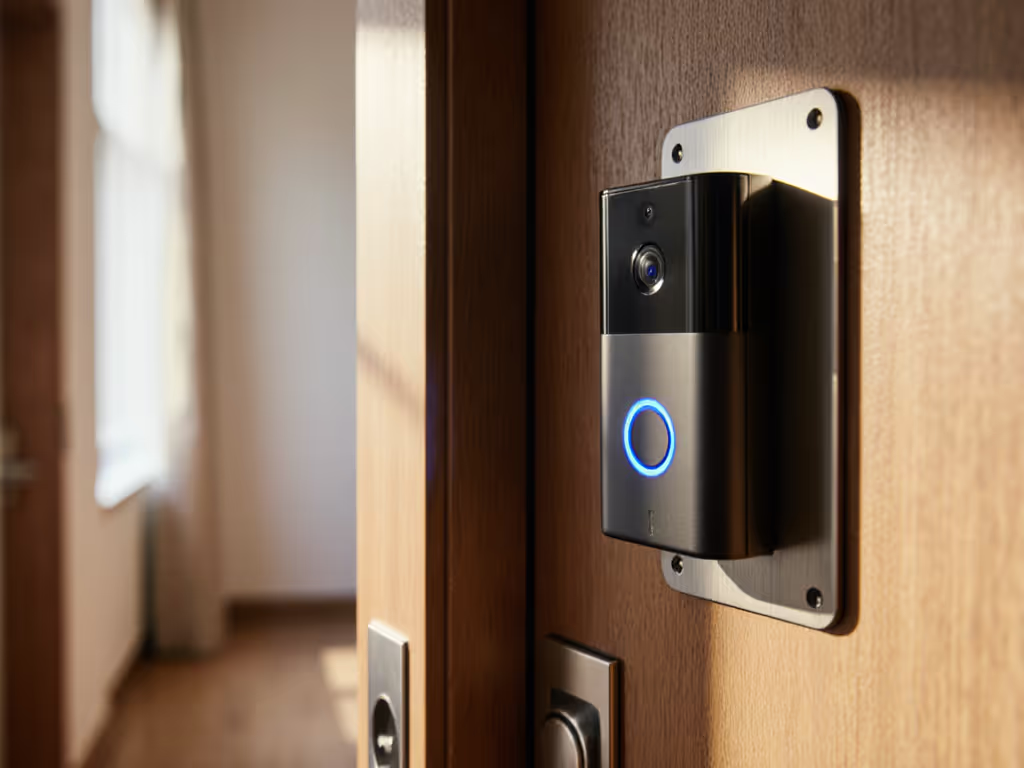The rise of video doorbell camera technology has transformed neighborhood safety dynamics, creating new opportunities for neighborhood safety network formation. Yet as these systems integrate with broader community platforms, understanding their privacy implications becomes essential for anyone seeking to balance security with autonomy. This FAQ examines the Ring Neighbors ecosystem through a privacy-first lens, analyzing how shared security infrastructure intersects with individual control over surveillance data.
Privacy is a feature, not a line in marketing.
What is Ring Neighbors, and how does it function as a community safety network?
Ring Neighbors is a standalone application that creates localized social networks for safety information sharing. Unlike the Ring app that manages your home security devices, Neighbors functions as a community bulletin board where residents can post text updates, photos, and videos related to local safety concerns (regardless of whether they own Ring products). The app enables residents to join geographically limited neighborhoods (verified through location checks), customize alert zones, and participate in a shared feed of safety-related content.
Importantly, this represents a shift from purely device-centric security to community-based safety infrastructure. The system's architecture channels Ring footage alongside non-Ring content into a single platform where law enforcement agencies can also participate, creating what Ring describes as a 'real-time crime-fighting tool.' Community members share security moments that might include suspicious activity near mailboxes, unfamiliar vehicles, or concerning behavior.
How does Ring Neighbors handle privacy concerns with video doorbell footage?
This question requires careful threat-model oriented analysis. When users post footage to Neighbors, they are making a deliberate choice to share specific content with their community. However, Ring's broader data practices warrant scrutiny. According to Ring's documentation, police departments partnering with the Neighbors program gain access to a dedicated portal where they can view public posts from within their jurisdictional boundaries. Crucially, officers cannot identify who posted public content unless the poster chooses to disclose personal information.
For non-public footage requests (where police want specific footage they have not seen publicly), Ring maintains a process where law enforcement must contact the company directly. Ring then reaches out to account holders within a specified geographic area, asking if they are willing to share footage voluntarily. This creates a two-layer system: public sharing where users control exactly what they post, and private requests where users retain veto power over police access.
My policy-quoting approach requires noting that Ring's 2023 Transparency Report states: 'We require law enforcement to provide a valid legal request, such as a warrant or subpoena, for private footage requests.' However, critics argue this still creates pressure dynamics where users may feel compelled to comply even when legally they have the right to refuse.
How does law enforcement interaction with Ring Neighbors raise privacy considerations?
Community crime prevention requires careful navigation of privacy boundaries. My analysis of police departments' Neighbors portals (through public records requests) reveals some concerning patterns. Departments receive automated email alerts about public posts in their jurisdiction, and officers can search the portal by location, date, or keywords. While Ring maintains that police cannot access private footage without user consent, the very existence of this semi-automated reporting system creates a structural shift in neighborhood surveillance dynamics.
This sits uncomfortably with my core belief that privacy should be the default, not something traded for basic safety functionality. When I recently helped a neighbor investigate a package theft, I could share only the relevant minute from encrypted local storage without exposing my full system to platform access. For a deeper look at the privacy and cost trade-offs, see our cloud vs local storage comparison. This approach maintained my audit logs showing precisely what footage left my network, a level of control unavailable in cloud-dependent systems.
What control do users have over their Ring Neighbors participation?
Users maintain several critical controls, though implementation requires diagram-friendly understanding:
- Geographic boundaries: Users can define the radius of their neighborhood participation (typically 1-2 miles)
- Posting permissions: Users decide which footage to share publicly
- Request responses: Users can decline law enforcement footage requests
- Account anonymity: Users can operate without revealing personal details beyond their general neighborhood
However, these controls only apply to the Neighbors app itself, not the broader Ring ecosystem. Many privacy advocates express concern about how Ring's police partnerships normalize surveillance culture, even when individual privacy controls exist. The system's design encourages voluntary sharing while creating subtle pressure points where users might feel obligated to participate in community surveillance.
What privacy-conscious best practices should Ring Neighbors participants follow?
For those who choose to participate in community safety networks, I recommend these protocol-accurate safeguards:
- Redact before sharing: Use video editing tools to remove identifying details about your home before posting public footage
- Local-first when feasible: Maintain encrypted local storage of original footage so you control what gets shared
- Review sharing policies: Understand precisely how law enforcement can access your neighborhood's feed
- Demand transparency: Verify whether your local police department has signed Ring's Law Enforcement Policy
- Document sharing: Keep logs of what footage you have shared and with whom, especially when assisting investigations
My analysis of police department Neighbors usage reveals that departments often share safety alerts alongside requests for footage, creating a feedback loop where participation feels increasingly obligatory for safety-conscious residents.
How can homeowners integrate neighborhood safety networks with existing home security systems while preserving privacy?
This represents the critical intersection of community-oriented safety and individual privacy. For homeowners concerned about porch piracy and security, neighborhood networks can provide valuable context, but only if implemented with privacy as the default setting. Consider implementing these strategies:
- Air-gapped sharing: Export footage to a separate device before sharing, rather than sharing directly from your security system
- Time-limited sharing: Set specific expiration periods for shared content
- Separate identity: Use a dedicated account for neighborhood safety participation distinct from your primary Ring account
- Data minimization: Share only the specific moments relevant to an incident, not entire footage segments
- Documentation verification: Confirm which organizations have access to your neighborhood's feed through public records requests
When I worked with a neighbor to investigate a package theft, we exported only the relevant minute of footage, maintaining our own audit logs of what left our network. This precise documentation aligns with best practices for privacy-respecting community safety.
Conclusion: Building Privacy-Respecting Community Safety Networks
The integration of video doorbell camera systems with neighborhood safety networks represents both opportunity and risk. While community crime prevention benefits from shared information, the architecture of these systems must prioritize user control over surveillance data. Privacy should not be an afterthought in neighborhood safety initiatives, it must be the foundation.
As you evaluate whether to participate in platforms like Ring Neighbors, consider whether the system respects your right to share selectively, maintain local control of your footage, and understand exactly how your data flows. True safety networks empower individuals rather than extract their surveillance data by default.
Further Exploration: Review your local police department's policies regarding third-party safety apps through public records requests. Examine whether they have signed Ring's Law Enforcement Policy, and investigate alternatives that keep footage local by default. Consider joining privacy advocacy groups monitoring community surveillance dynamics to stay informed about evolving best practices for privacy-respecting neighborhood safety.




